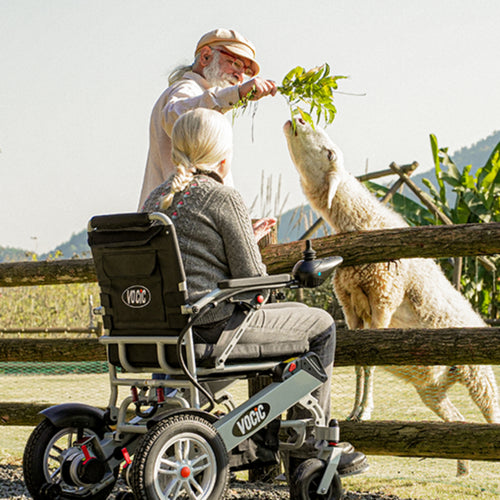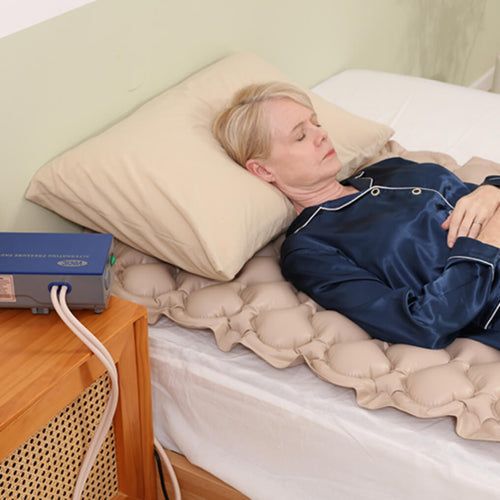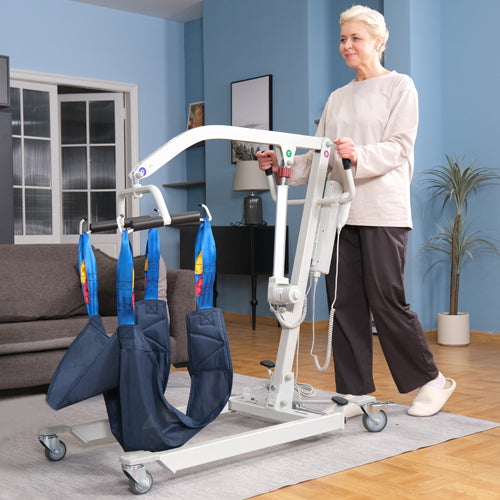Stroke is a major health problem for older adults that can lead to severe disability and reduced quality of life. A stroke occurs when blood flow to an area of the brain is interrupted or reduced, resulting in a lack of oxygen and nutrients to brain tissue. One of the most effective and accessible ways to reduce the risk of stroke is through prevention methods such as regular physical activity.
What Are the Risks of Stroke in Older Adults?
The risk of stroke increases significantly as individuals age, making older adults particularly susceptible. Understanding the specific risks associated with stroke in this population can help in prevention and early detection efforts. Here are some key factors that elevate stroke risks in older adults:
1. Age-Related Physiological Changes
As we age, our arteries typically become harder and narrower due to atherosclerosis, resulting in decreased blood flow and thus an increased risk of stroke. In addition, age reduces the efficiency with which the heart pumps blood, increasing the likelihood of blood clots forming, which can lead to stroke.
2. High Blood Pressure
High blood pressure is a major risk factor for stroke in older adults because it damages the walls of blood vessels, which can lead to blockage or bursting of blood vessels in the brain. Controlling blood pressure has been shown to reduce the risk of stroke in this population.
3. Atrial Fibrillation
Atrial fibrillation is common in older adults and can greatly increase the risk of stroke. This condition causes blood to pool in the heart and form blood clots, which can then travel to the brain and cause a stroke.
4. Diabetes
Diabetes causes high blood sugar, which can damage blood vessels and lead to the narrowing of the arteries, thus increasing the risk of stroke in older adults. Proper control of diabetes can help reduce this risk.
5. Cholesterol Levels
High cholesterol causes plaque buildup in the arteries, including those supplying blood to the brain, which increases the risk of stroke. Stroke can be prevented by controlling cholesterol levels through diet or medication.
6. Lifestyle Factors
Lifestyle factors such as physical inactivity, obesity, unhealthy diet, and smoking exacerbate other stroke risk factors. Addressing these lifestyle issues can reduce the risk of stroke.
7. Previous Stroke or Transient Ischemic Attack
Individuals who have experienced a previous stroke or transient ischemic attack are at a higher risk of having another stroke. Ongoing medical surveillance and management are necessary to prevent recurrence.
8. Medication
Certain medications, especially anticoagulants, increase the risk of bleeding, including cerebral hemorrhage, which may lead to hemorrhagic stroke. Older adults must manage these medications carefully under the guidance of their healthcare provider.
Understanding these risks is important for older adults and their caregivers. Controlling these risk factors through lifestyle changes, medication, and regular checkups can reduce the likelihood of stroke.

How to Prevent Stroke in the Elderly?
Preventing stroke in older adults requires a multifaceted approach, such as lifestyle changes, medical interventions, and the strategic use of mobility aids to enhance physical activity and safety. Below is a detailed guide to effective measures to minimize the risk of stroke in older adults:
1. Lifestyle Modifications
Healthy Diet: Encourage a diet rich in fruits, vegetables, whole grains, and lean proteins. Reduce intake of saturated fats, trans fats, and salt to manage blood pressure and cholesterol.
Regular Physical Activity: Promote gentle exercises such as walking, swimming, or tai chi. For those with mobility issues, recommend the use of mobility aids like walkers or scooters to maintain activity levels without risking falls.
Weight Management: Maintain a healthy weight to reduce the strain on the cardiovascular system.
Quit Smoking: Smoking accelerates clot formation and increases the risk of stroke. Quitting smoking can significantly decrease this risk.
Limit Alcohol Consumption: Excessive alcohol can increase blood pressure. Recommend moderation.
Control Blood Pressure: High blood pressure is the leading cause of stroke. Regular monitoring and appropriate medication are essential.
Manage Diabetes: Proper management of blood sugar levels helps prevent complications that can lead to stroke.
Cholesterol Management: High cholesterol can lead to plaque build-up in arteries, increasing stroke risk. Manage cholesterol through diet and medications as needed.
Medication Adherence: Ensure that elderly patients take prescribed medications for existing conditions like atrial fibrillation, which can increase stroke risk if not managed.
3. Use of Mobility Aids
Enhance Mobility: Mobility aids can help seniors participate more in daily activities and exercise, which is crucial for cardiovascular health.
Prevent Falls: By providing stability and support, mobility aids like canes and walkers minimize the risk of falls that could lead to serious injuries and subsequent stroke risk.
4. Regular Health Screenings
Routine Check-ups: Encourage regular check-ups to manage stroke risk factors like blood pressure, cholesterol, and diabetes.
Monitor for Heart Disease: Regular screenings for heart conditions like atrial fibrillation, which can lead to stroke, are crucial.
5. Educate on Stroke Symptoms and Emergency Response
Recognize Symptoms: Educate the elderly and caregivers on recognizing stroke symptoms such as sudden numbness, confusion, trouble speaking, or severe headache.
Emergency Plan: Ensure there is an action plan in place for getting immediate medical help if stroke symptoms appear.
To prevent stroke in the elderly, it is important to eat a balanced diet, exercise regularly and use appropriate mobility aids, control diseases such as high blood pressure and diabetes, and have regular health check-ups. As well as education on stroke symptoms and developing an emergency plan are also important. Additionally, to learn about or purchase mobility aids, VOCIC is an ideal choice, offering a wide range of mobility aids such as power walkers, foldable mobility scooter, and power wheelchairs to support seniors in living an active, safe life.

What Are Some Outdoor Activities to Prevent Stroke?
Participating in outdoor activities is the best way to improve your overall health and reduce your risk of stroke. These activities help control weight, lower blood pressure and improve cardiovascular health. It is recommended that seniors choose the right type of outdoor exercise for their situation. It is best to travel with family members to ensure safety. Here are some outdoor activities that can help prevent stroke:-
Walking and Hiking: Regular walks or hikes can significantly enhance cardiovascular health. This activity is easy to start and can be adjusted in intensity and duration to suit fitness levels.
-
Cycling: Riding a bicycle is an effective aerobic exercise that strengthens the heart and lungs, reduces stress, and improves blood circulation, thereby reducing stroke risk.
-
Jogging or Running: These are more intensive cardiovascular activities that help build endurance, manage weight, and keep the circulatory system healthy.
-
Gardening: Gardening is a therapeutic activity that involves various physical tasks, providing moderate exercise that’s beneficial for all age groups, especially the elderly.
-
Swimming: Swimming is excellent for those looking for a low-impact, full-body workout. It improves cardiovascular conditioning, muscle strength, and flexibility without putting stress on the joints.
-
Playing Sports: Engaging in group sports like tennis, golf, or team games like soccer or basketball can be fun and socially engaging ways to exercise and reduce stroke risk.
-
Outdoor Yoga: Practicing yoga in a park or a garden can offer the combined benefits of physical exercise and stress reduction. Yoga helps improve flexibility, balance, and muscle strength.
-
Rowing or Kayaking: Water-based activities like rowing or kayaking provide excellent cardiovascular workouts and can help build upper body strength.
-
Bird Watching or Nature Walks: These activities involve walking and being in nature, which can be very relaxing and a good way to get light exercise.
-
Outdoor Group Fitness Classes: Participating in group fitness classes held in parks or recreational areas can be motivating and provide a structured exercise regime under professional guidance.
Incorporating these outdoor activities into your weekly routine can significantly contribute to cardiovascular health and stroke prevention. Not only do they help physically, but they also promote mental health by reducing stress and increasing serotonin levels through exposure to natural settings.
Conclusion
Preventing stroke in older persons requires a combination of measures, including lifestyle changes, medical management, and the use of mobility aids. By integrating these strategies, older adults can reduce their risk of stroke and enjoy healthier, more active lives.









